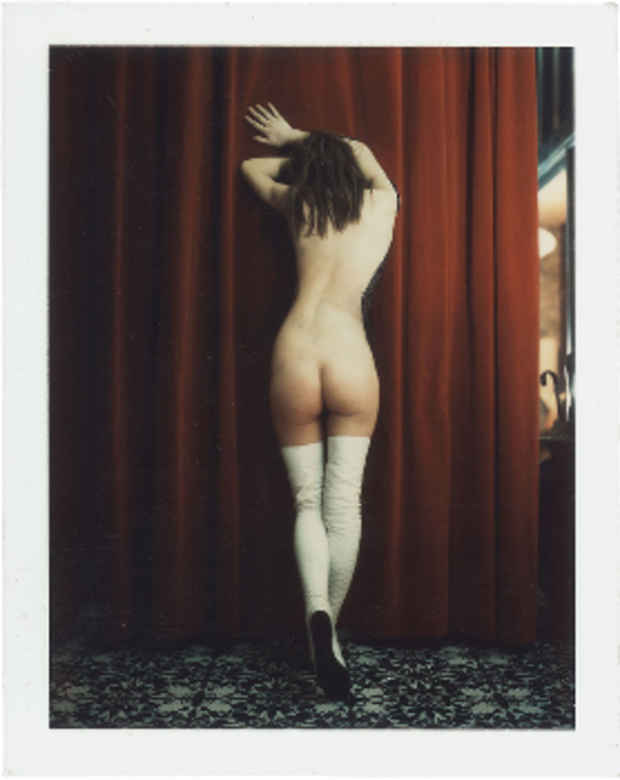Carlo Mollino “Polaroids”
Gagosian Gallery Madison Avenue

This event has ended.
Everything is permissible as long as it is fantastic.
—Carlo Mollino
Gagosian New York, in collaboration with Museo Casa Mollino, Turin, presents Polaroids by Carlo Mollino at 976 Madison Avenue.
Over the course of four decades, the architect Mollino (1905–1973) merged elements of Surrealism, Art Nouveau, Futurism, ancient mythology, and a passion for the female form to create what designer George Nelson described as an individual “Turinese baroque.” His extraordinarily diverse oeuvre included architecture, furniture, automobiles, aircraft, writings on topics from photography to skiing, and the Polaroids that remained a secret until his death. In his architectural works which include the Turin Equestrian Association (1937), Slittovia del Lago Nero, Susa Valley (1946), and Teatro Regio, Turin (1973), he reconciled the vernacular architecture of the Italian Alps with Modernist influences to produce new and radical geometries sustained by engineering pragmatism. His whimsical yet functional furniture, including the Arabesque Table (1950), Lattes Chair and Copenhagen Chair (both 1951), inspired by organic, anatomical, and feminine forms, has profoundly influenced designers to this day.
Mollino produced photographic works throughout his career, and defined art photography in the critical study he published in 1949, Message from the Darkroom (1943). In 1962, he purchased and began to redesign Villa Zaira, a secluded house in the hills above Turin, as a refuge and photographic set. There, he abandoned his use of conventional cameras and darkroom techniques and began a prolonged series of Polaroid portraits of female models. The images of models’ bodies, naked or “furnished” with lace and clothing chosen by Mollino, presented a refined photographic documentation of feminine complexity and seduction, sometimes skillfully and imperceptibly retouched.
Controlling the uncertainty of the instant Polaroid medium (first using a model 800, then later models 900 and J66), Mollino carefully directed each shot, then mounted the Polaroids onto cardboard and treated them with an anti-UV protective varnish. Over eleven years, many models styled in various states presented themselves to Mollino for the composition of a unique photographic portrait—each a meticulously built architectural project. These images were kept secret, never exhibited by their creator. They were discovered and published for the first time by Fulvio Ferrari in 1985.
Many questions have been raised about the meaning of this vast, inexplicable body of work by Mollino. Through symbols that he used, the Polaroids can be interpreted as an imaginary yet tangible apparatus similar to the ushabtis prepared by the Egyptian pharaohs or Chinese terracotta warriors—but rather than a symbol of power and richness, they function as an image of immortal beauty.
Media
Schedule
from November 08, 2014 to December 20, 2014
Opening Reception on 2014-11-08 from 18:00 to 20:00